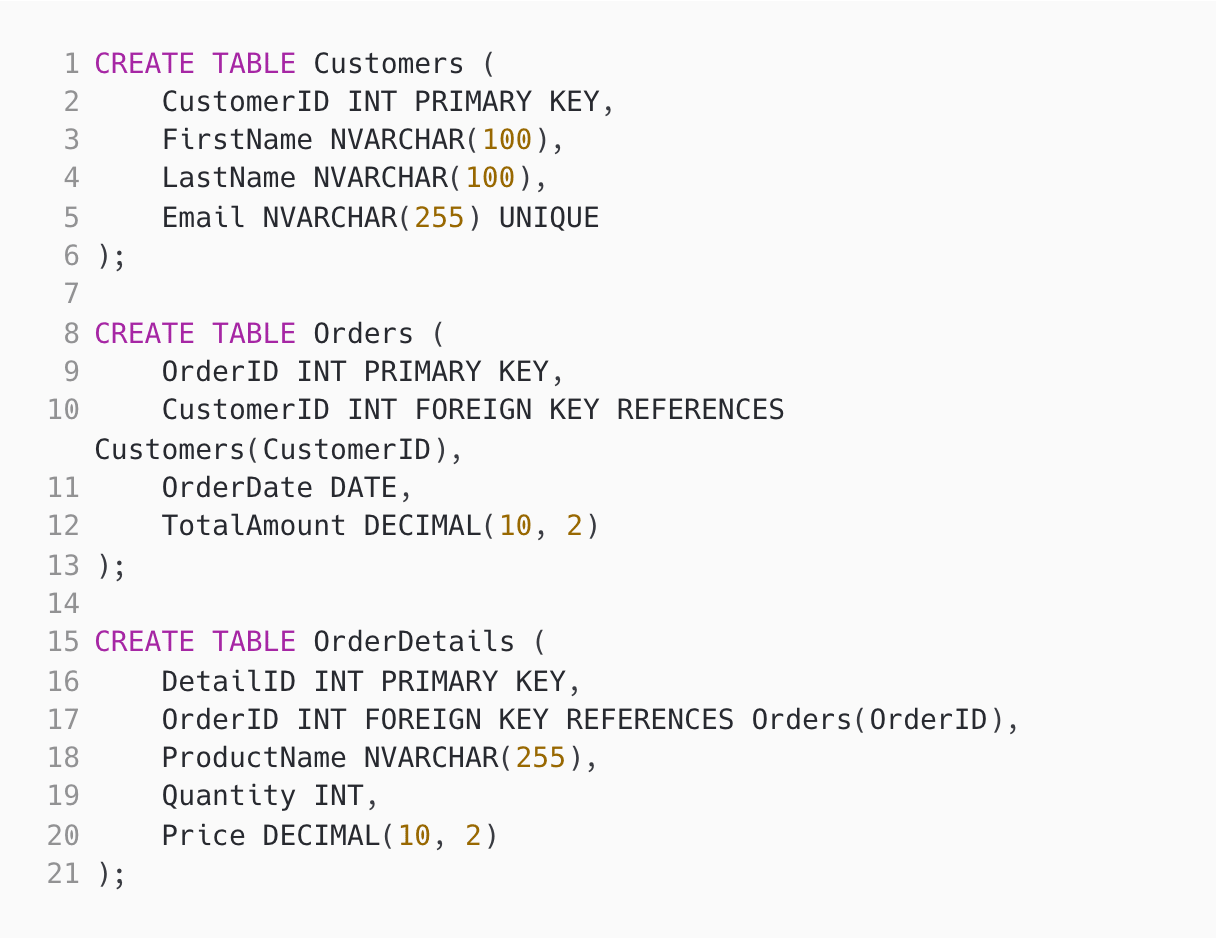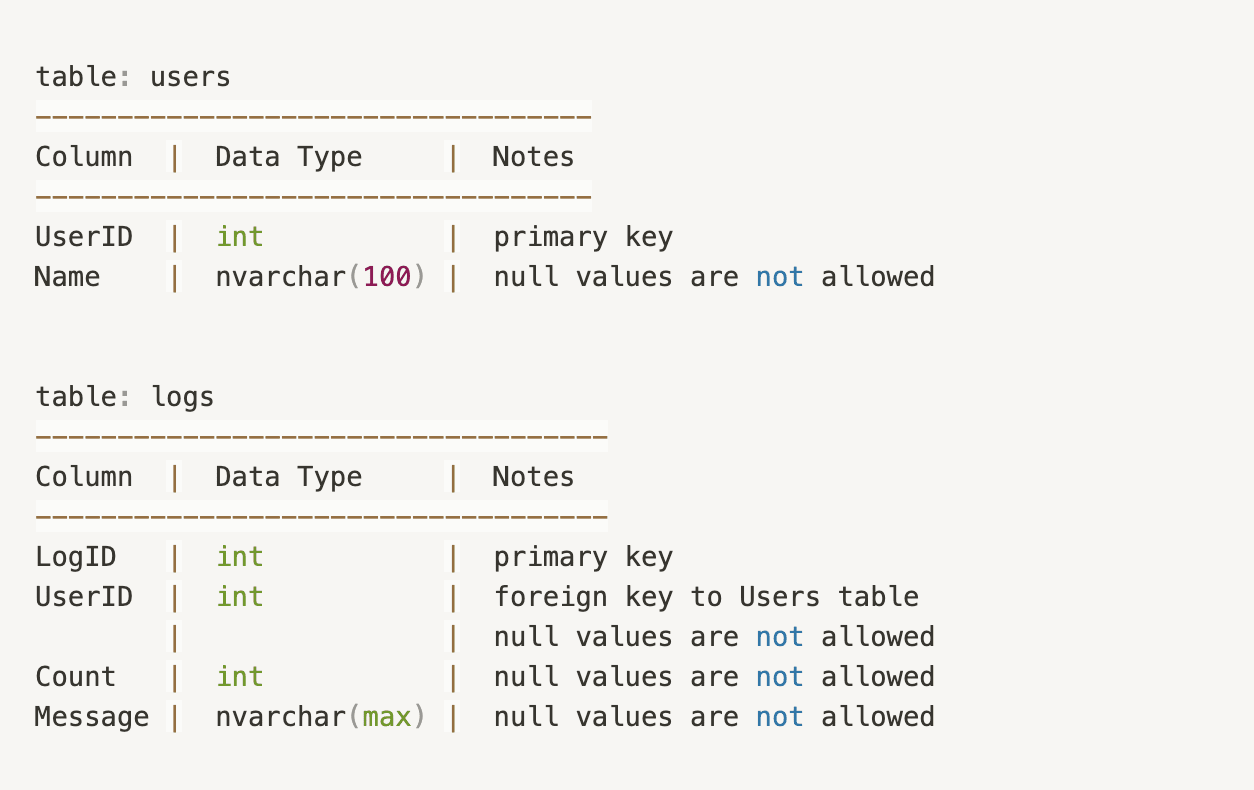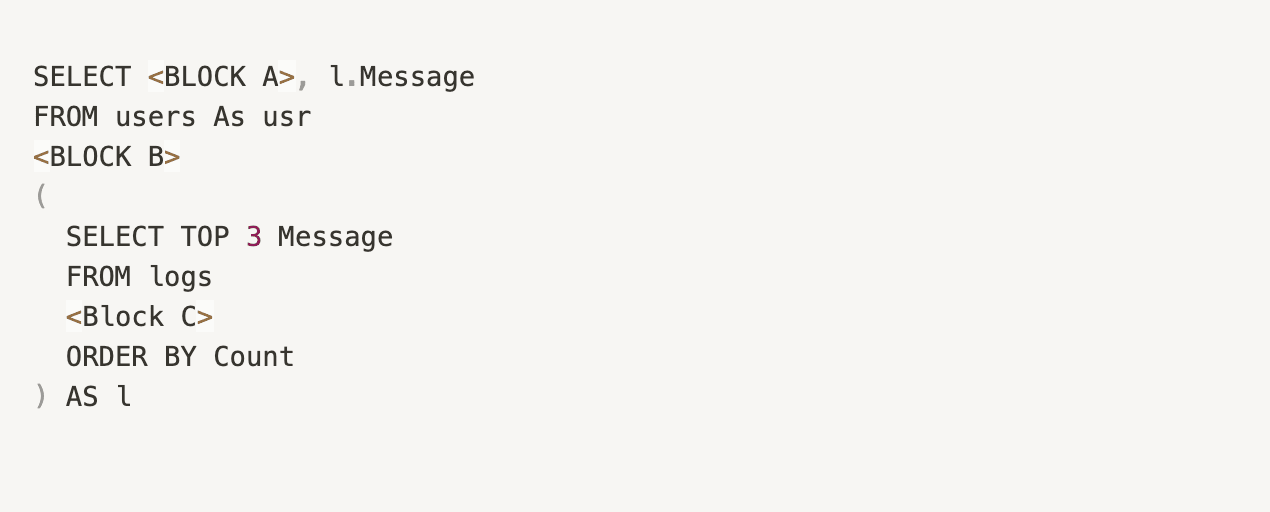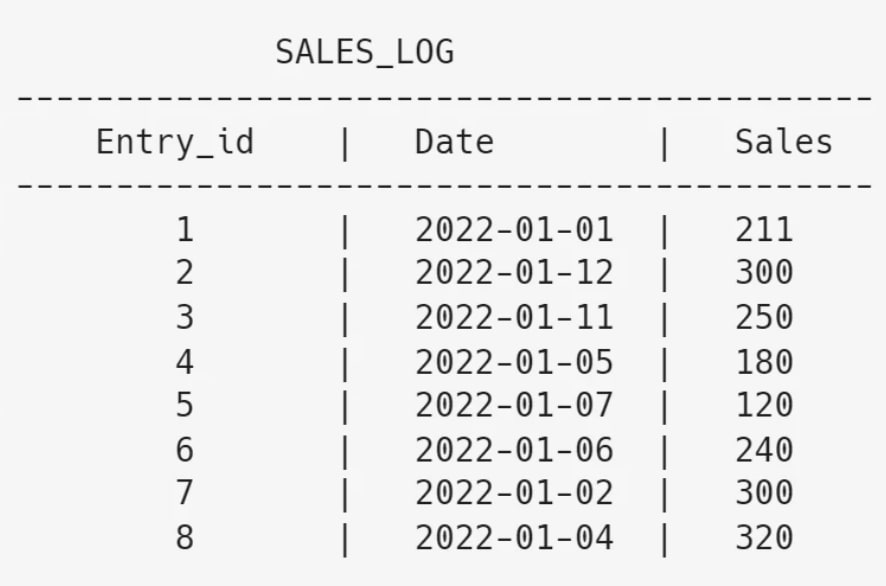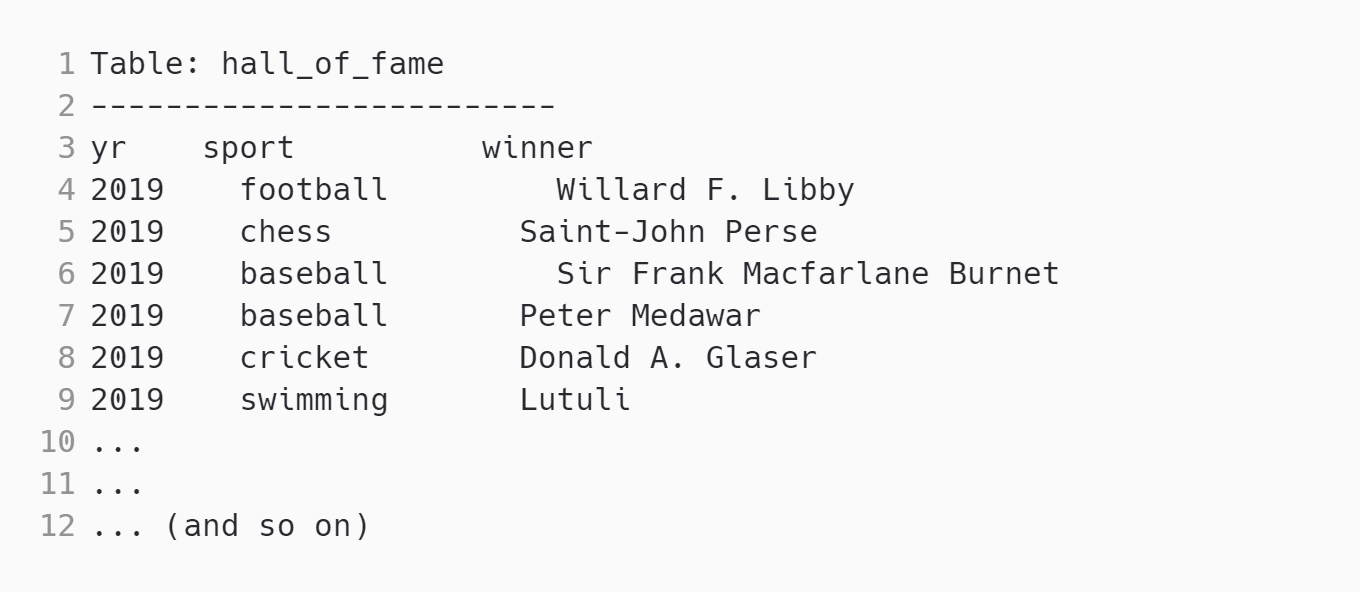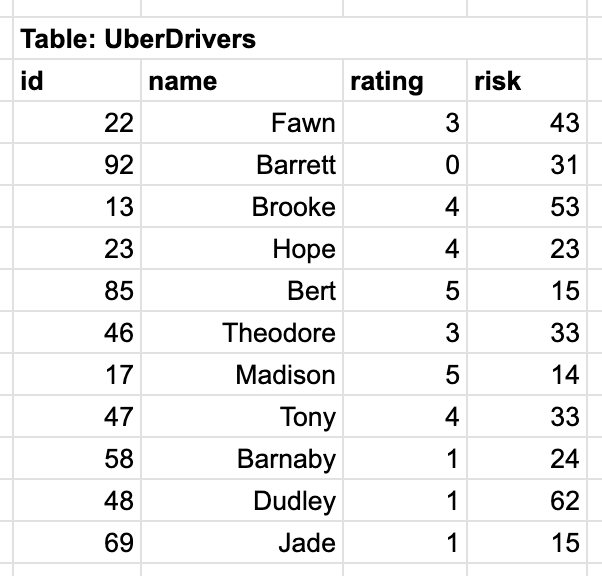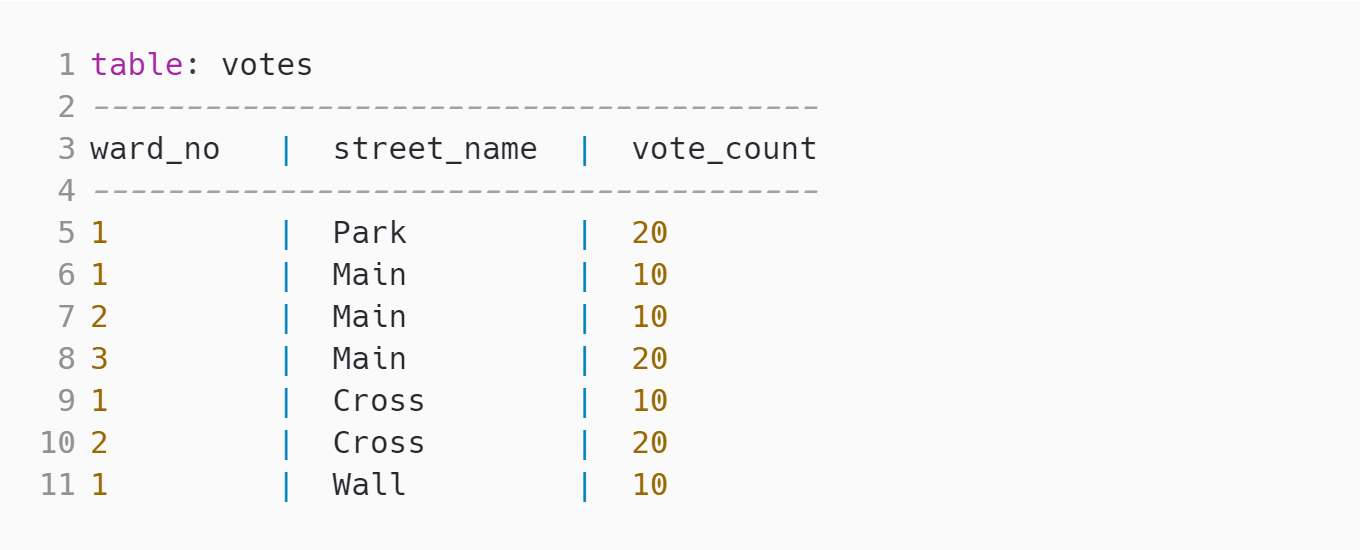MS SQL Server: MS SQL Server is a relational database management system developed by Microsoft. It is used to store and retrieve data as requested by other software applications. This skill is measured in the test to assess candidates' proficiency in working with MS SQL Server, as it is a widely used database technology.
SQL Querying: SQL Querying involves writing and executing queries to retrieve, manipulate, and manage data stored in a SQL database. It is an essential skill to measure in the test as it determines a candidate's ability to extract information efficiently from databases using structured query language.
Database Management: Database Management involves administering, organizing, and controlling the various aspects of a database system. This skill is measured in the test to evaluate candidates' knowledge and competence in managing database components such as data storage, user access management, backup and recovery procedures, and performance optimization.
Indexes: Indexes are data structures that improve the speed of data retrieval operations on database tables. Measuring a candidate's understanding of indexes in the test helps assess their ability to design and implement efficient database structures, ensuring faster data access for applications.
Normalization: Normalization is the process of organizing data in a database to reduce duplication, increase data integrity, and improve overall efficiency. This skill is measured in the test to evaluate candidates' knowledge of database design principles and their ability to create well-structured, normalized databases.
Database Constraints: Database Constraints are rules and restrictions applied to data in a database to maintain data integrity and consistency. Measuring this skill in the test helps assess candidates' familiarity with various types of constraints and their ability to enforce data validation rules within a database.
Transactions: Transactions are sets of database operations that are treated as a single unit of work, ensuring data consistency and integrity. This skill is measured in the test to evaluate candidates' understanding of transaction control concepts, such as ensuring atomicity, consistency, isolation, and durability in database operations.
Stored Procedures: Stored Procedures are precompiled sets of SQL statements stored in a database and executed as a single unit. This skill is measured in the test to assess candidates' proficiency in creating, managing, and executing stored procedures for efficient and secure database operations.
Triggers: Triggers are database objects that are automatically executed in response to specific data manipulation events. Measuring this skill in the test helps evaluate candidates' knowledge and ability to create triggers to enforce business rules, maintain data integrity, and automate tasks in a database system.
Views: Views are virtual tables generated by queries that simplify data access by providing a logical representation of the underlying database tables. This skill is measured in the test to assess candidates' understanding of creating and utilizing views to simplify complex queries, improve performance, and enhance data security.



















